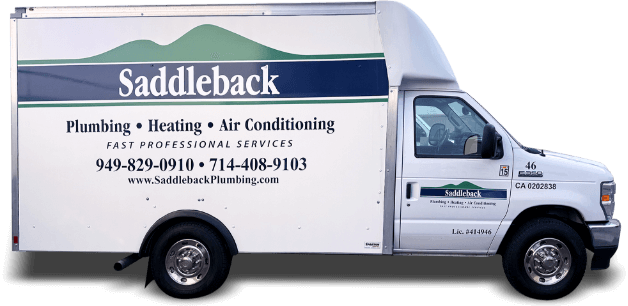How to Calculate Duct Size for an AC System in a Los Alamitos Home
February 22nd, 2012Duct sizing in Los Alamitos is a complex process using one of three methodologies. The goal of duct sizing is to provide the perfect space through which heated and cooled air can travel around your home. Ducts should provide ample air flow to keep you comfortable without overworking your HVAC system or costing you an arm and a leg on your energy bill.

